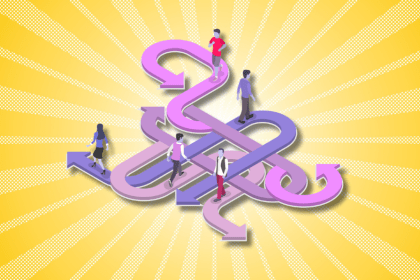
What hard skills do PMs need in 2025? Learn how AI tools can help you level up in SQL, Figma, A/B testing, and more.

As AI reshapes product roles, learn how emotional intelligence, curiosity, and balance will define the next-gen tech product leader.”

This blog outlines how poor feedback, unclear roles, and low UX maturity quietly burn out even great designers — and what to do instead.

Commoditized UX design is everywhere — and it’s killing strategy. This blog shows how to push back and reclaim design as a problem-solving tool, not a factory line.

Product crises happen—bugs, breaches, or PR disasters. Here’s how PMs can plan ahead, stay calm, and lead through the chaos.

Discovery isn’t always worth it. Learn when to skip the research, trust your gut, and ship fast without slowing down your product team.

From kickoffs to metrics, here’s how I handle complex UX projects without burning out the team — or myself.

Great products aren’t built through handoffs — they’re built through co-ownership. Learn six habits to improve PM-engineering collaboration.

Let’s talk about one of the greatest problems in software development: nascent developers bouncing off grouchy superiors into the arms of AI.

Asking better design questions means fewer vague answers and more progress. Here’s how to replace dead-end prompts with feedback that works.

These 10 hands-on UX challenges train your brain to design better flows, build stronger instincts, and think like a real problem-solver.

One of the biggest changes to prototyping has been the rise of tools that leverage the power of AI to simplify the development process.